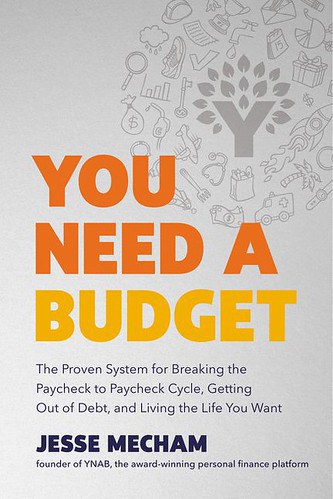You can contribute up to a Thousands Extra Roth Dollars Every Year

You might want to consider the Mega Roth IRA if you are a high-earner looking for a tax-advantaged investment option that sounds more Transformer-like than a real wealth-building strategy.
Let’s start with the “who” before we move on to the “how.”
Who could be a candidate for a Mega Backdoor Roth IRA
- You’ve already made the maximum contribution to any other tax-advantaged account that you consider a priority.
- You can feel confident about your progress toward goals that will require money or taxable contributions in the “medium term.”
- For #1 and #2, it is obvious that a large amount of income from the household or low household expenses are required.
How to Do the Mega Backdoor Roth IRA
The “Mega Backdoor Roth IRA”, ironically, is not a Roth IRA. It is a “after-tax contribution” to your employer’s 401(k), 403(b) or other plan. This is not to be mistaken with a Roth, which is boring and akin going through the front door.
Unfortunately, not every 401(k), plan allows for contributions after-tax beyond the employee-elective deferral limit of $22,500 (of the four employers I’ve worked at, only two allowed it).
This strategy will allow you to have an additional $47,500 in Roth dollars by 2023 on top of the regular $22,500 that you contribute to your 401(k) and 403(b). In 2024 it will increase to $46 000.
Bonus, albeit confusing: If you wish, you can still contribute up to $6,500 annually to a Roth IRA, or Backdoor Roth IRA. Your IRA activities are completely separate from the discussion today about maximizing your employer’s plan.
Why? Because the actual contribution limit for 401(k)s in 2023 is a whopping $66,000.
How it works
- You can choose to contribute more than the $22,500 limit in your company’s online retirement portal.
- The plan administrator (a) either converts the funds into Roth in-plan, or (b), allows in-service distributions allowing you rollover to a Roth IRA.
It’s that simple. You can see what it might look like by looking at an old screenshot of a contribution page from a previous employer:
My “percentages”, since my base salary at the time, was $128,000, and I wanted both a before-tax $22,500 and an after tax $6,000 (basically, I wanted to mirror a Roth IRA’s limit), were respectively 17% and 5%. You’ll see language about a “Roth in-plan conversion” asking if you’d like to “convert your after-tax contributions to Roth”. Your answer should be yes.
It’s true that it might not be worth it to convert your after-tax contributions to Roth each month. But if your plan does it for you, and you’re able to afford it, then it’s a good idea to take advantage of the tax advantages.
You can choose the manual option if you have. Some people prefer to wait until the year ends to convert a year’s after-tax money to a Roth IRA. However, you will pay an additional tax on the growth at that time.
It’s worth noting, too, that the employer match also counts towards the $66,000 overall limit. If you put in $22,500, and your employer puts in $10,000 (#goals), then your 401(k), bucket has $33,500 left. ($66,000 – $22,500 – $10,000 = $33,500).
There is no income restriction for this yet! This is a great way for people who are too rich to contribute to a Roth IRA directly (or do not want to use a Backdoor Roth IRA). It’s time to look for a job at a tech company offering this Mack Daddy benefit…










+ There are no comments
Add yours